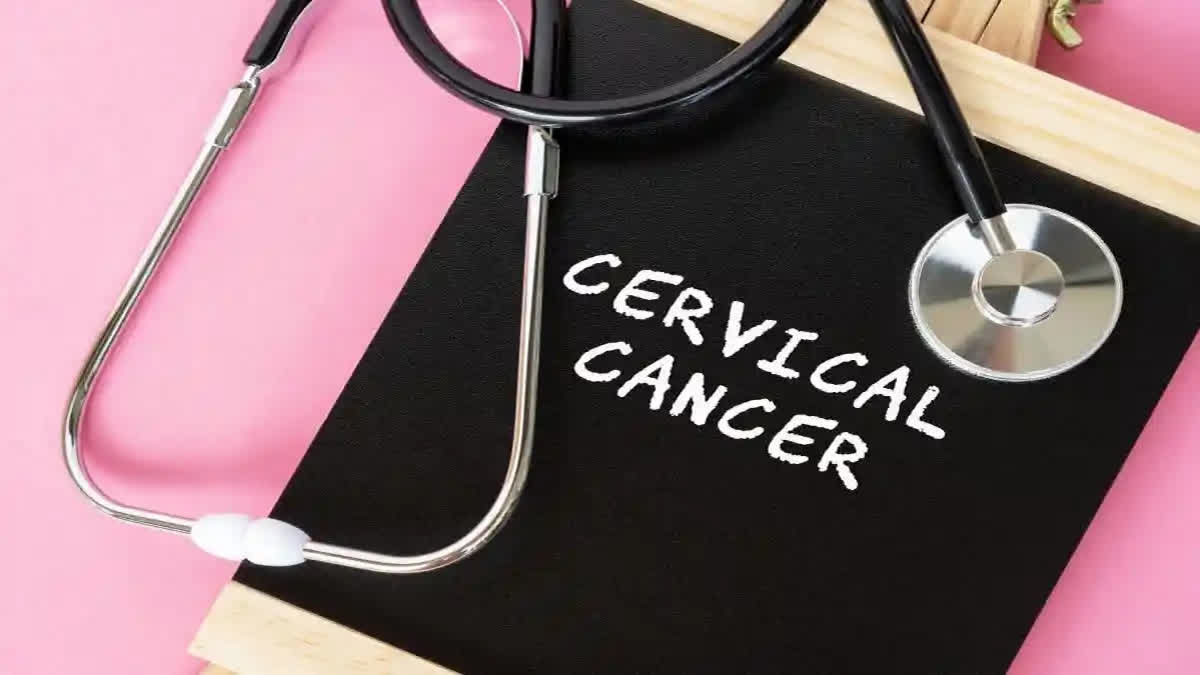New Delhi: At a time when the issue of cervical cancer has raised a major concern, government statistics revealed that Uttar Pradesh with 45,682, Tamil Nadu with 36,014 and Maharashtra with 30,414 number are the top three States having maximum cervical cancer cases in India. As per the National Cancer Registry Programme (NCRP) report, the estimated prevalence of cervical cancer cases in the country at present is 3,42,333.
However, according to the Indian Council of Medical Research (ICMR) - NCRP report, the Age-Adjusted Incidence Rates (AAR) for cervical cancer in different population-based cancer registries in India under NCRP is maximum in Papumpare district of Arunachal Pradesh (27.7 per 1 lakh population), followed by Aizawl (Mizoram) with 27.4 AAR and Pasighat (Arunachal Pradesh) with 20.3 AAR per 1 lakh population.
In 2022, India registered 77,348 deaths due to cervical cancer. According to The George Institute of Medical Health, with age-standardised incidence and mortality rates of 22 and 12.4 per 1,00,000 women per year, cervical cancer is the second leading cause of cancer deaths among women in India. Twenty-five per cent of all global deaths due to cervical cancer occur in India. The reason for this difference is the lack of effective screening and access to timely treatment.
Renowned gynaecologist Dr Dilip Kumar Dutta told ETV Bharat on Saturday that cervical cancer, which is mostly contracted via sexual intercourse, is a type of cancer that affects the cells lining the cervix, which is the lower part of the uterus that connects to the vagina.
“The human papillomavirus (HPV) is the leading cause of cervical cancer. The virus can be easily passed from one person to another during physical contact and causes no symptoms. Symptoms may take years to develop which makes it hard to detect and know when one first gets infected,” said Dr Dutta, who is also the Bengal unit president of the Indian Medical Association (IMA).
He said that proper and timely awareness and preventive measures can cure people suffering from cervical cancer. “Vaccination against cervical cancer plays a crucial role in this direction. Girls between 8 and 14 years old need to take two doses whereas girls between the age of 15 and 26 need to take three doses. And, if we diagnose early, there is a 100 per cent cure,” said Dr Dutta.
